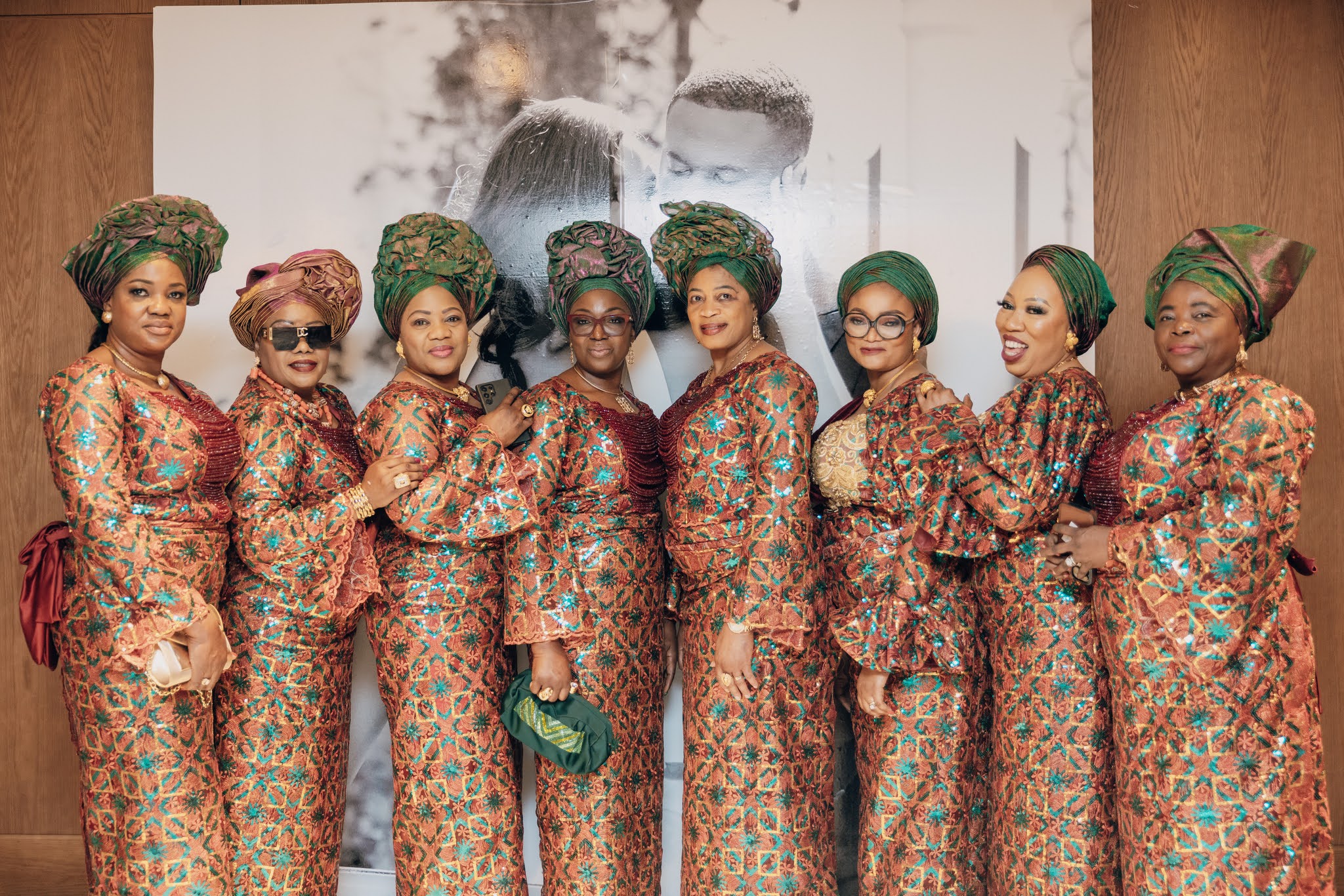In every wedding and special occasion, fashion is in the spotlight, There are many beautiful traditional styles across the world, and Habesha dresses have a special beauty that represents culture, history, and style. Complex embroidery, material, and traditional elements are guaranteed habesha dresses, and modern designs are adapting to contemporary chic tastes, while still epitomizing culture.
Why should we wear Habesha Dresses?
Habesha dresses have their roots in Ethiopia and Eritrea. Decorated for their embroidery and cultural history, these dresses are treasured. The dresses are made of cotton fabric known as shemma and are lined with ornate embroidery around the neckline, hem, and sleeves.
Though the traditional styles are still popular, modern Habesha dresses have adapted over time, creating new designs that resonate with younger generations but still stay true to their cultural roots. Silhouettes are updated, embellishments take on new life and these dresses represent the perfect fusion of heritage and modern fashion.
Current Styles of Habesha Outfits
Tradition Meets Modernity
For example, one of the most significant trends is the smooth combination of traditional and modern styles. Designers are pairing traditional fabric and embroidery with modern cuts, from A-line to mermaid to off-shoulder.
The combination of the two cultures allows brides and wedding guests to stay true to their culture while sporting an outfit that is chic and fits within modern-day trends.
Vibrant Color Choices
Traditional Habesha dresses generally opt for white or cream bases combined with gold or colorful accents, but contemporary versions are pushing into more vibrant color ranges.
Options for Habesha Dresses
They will provide vibrance and also go well with a festive season where weddings and special occasions are common. I have observed that these colors are trending all over social media as well.

Detailed Embroidery Work
Traditionally, embroidery has always been a significant component of any Habesha dresses and nowadays it has become a main component of modern styles too. Designers are introducing more complex, all-over patterns. Floral, geometric, and even worked-out-from-scratch motifs are being integrated to give everyone's dress an edge. Metallic threads are often used on special occasions like weddings, giving a luxurious finish to the embroidery.
Eritrean Traditional Clothes Are Making a Comeback
Eritrean traditional clothes, similar to Habesha dresses in Ethiopia, are becoming popular again. Eritrean styles sometimes feature intricate embroidery patterns around the waist, neckline, and shoulders, resulting in a royal appearance.
Modern versions of Eritrean traditional clothes are made of lighter materials, allowing plenty of comfort for all-night celebrations. They are becoming popular not only among Eritreans but also with fashionistas around the world.
Customized for Individualized Experience
Another trend on the rise with modern Habesha dress designs is customization. Brides and guests can now customize their gowns. This means adding colors, patterns, or embroidery that are meaningful to them or their family.
Two-Piece Ensembles
Two-Piece Habesha Outfits You all know that traditionally the full-length gowns were in fashion but the two-piece habesha outfit also gained a lot of attention. These looks often have a crop top and long skirt for a fresh, youthful feel. Designs that come in two pieces are versatile enough to mix and match for additional occasions, so they make practical choices.
The Reason Habesha Dresses Are Ideal for Weddings
More than a mere garment, Habesha dresses are a celebration of culture and identity.
Symbolism and Heritage
A Habesha dress denotes respect for tradition and culture at a wedding. It was like connecting people to their roots while celebrating a new chapter in their lives.
Unique Elegance
Every detail, every flow of the long fabrics used to create these dresses creates an unmatched elegance widely sought after for weddings and special occasions.
Versatility
The modern Habesha dress is very versatile and can be styled in so many different ways. Perfect for a formal wedding or a casual celebration, these outfits work for any occasion.
Would you like to Review it as a hidden?
If you would like to wear a Habesha dress for your next event, here are some tips to help finding the right one:
Consider the Occasion
How formal the occasion is will determine the style of your attire. A heavily embroidered gown suits a wedding; a simpler one, a casual event.
Prioritize Comfort
Comfort is important, especially for events that last for dozens of hours. Opt for fabrics that are light and easy to move in.
Choose the Right Accessories
Choose classic or contemporary accessories that pair well with the dress without overwhelming it.
Work with a Skilled Designer
A good designer will help make your vision come to life, whether you prefer a classic style or moa re contemporary approach.
The Future of Habesha Fashion
The habesha dress, however, is not just a once-off, it has evolved and continues to evolve attracting global attention. The increasing popularity of Eritrean traditional attire and their incorporation into contemporary fashion trends demonstrate the worldwide interest in East African culture.
Conclusion
Ever since, Habesha dresses have become a hallmark of cultural pride and finesse making them the ultimate attire for weddings and special occasions. These classic garments have become modern trends, showing how traditions can flourish alongside contemporary fashion.
The world of the Habesha fashion scene has it all from the re-emergence of Eritrean traditional clothes to cutting-edge designs. So, whether you’re a bride, guest, or just looking to embrace your heritage, these dresses make for classic beauty with an updated element.